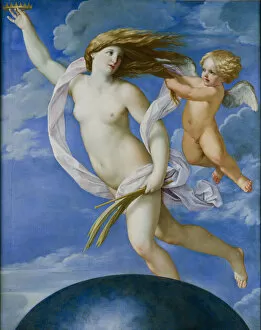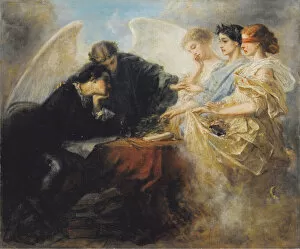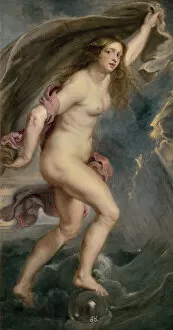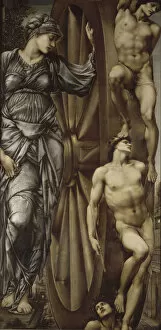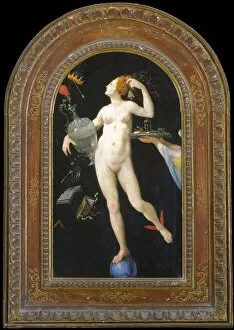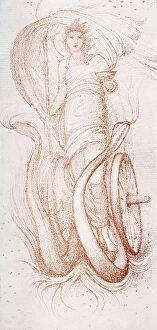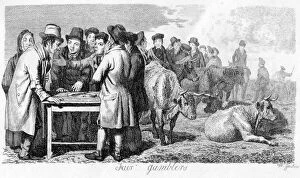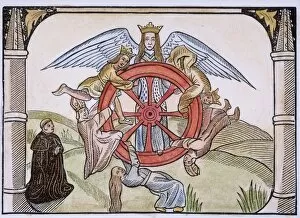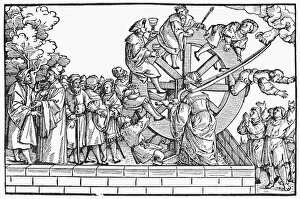Wheel Of Fortune Collection (#2)
The concept of the "wheel of fortune" has been depicted throughout history in various forms of art and literature
For sale as Licensed Images
Choose your image, Select your licence and Download the media
The concept of the "wheel of fortune" has been depicted throughout history in various forms of art and literature. From ancient Roman mosaics to Renaissance paintings, this symbol has captured the human fascination with fate and destiny. One notable representation is a Roman memento mori mosaic, reminding us that life's fortunes are fleeting and death is inevitable. Similarly, an illustration from Sebastian Brant's book Ship of Fools portrays the unpredictability of life's ups and downs. In Tarot cards, the Wheel of Fortune card appears in different decks across centuries. An Italian deck from Milan in 1430 shows how luck can change at any moment. Guido Reni's painting depicts Fortuna holding a purse, emphasizing her role as the goddess of fortune. The idea behind these depictions is that no one can escape their turn on the wheel. Little Moreton Hall showcases this belief through its long gallery adorned with symbols representing wealth and status. Emblematical prints like those from South Sea Scheme or La Fontaine's Fables illustrate how people chase after fortune but often find themselves running in circles without ever truly catching it. From Carmina Burana to John Lydgate's manuscript Troy Book, artists have used The Wheel of Fortune as a metaphor for life’s unpredictable nature. These works remind us that we must be prepared for both success and failure as we navigate our own personal journeys on this spinning wheel called life.

